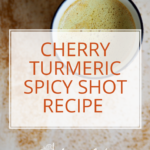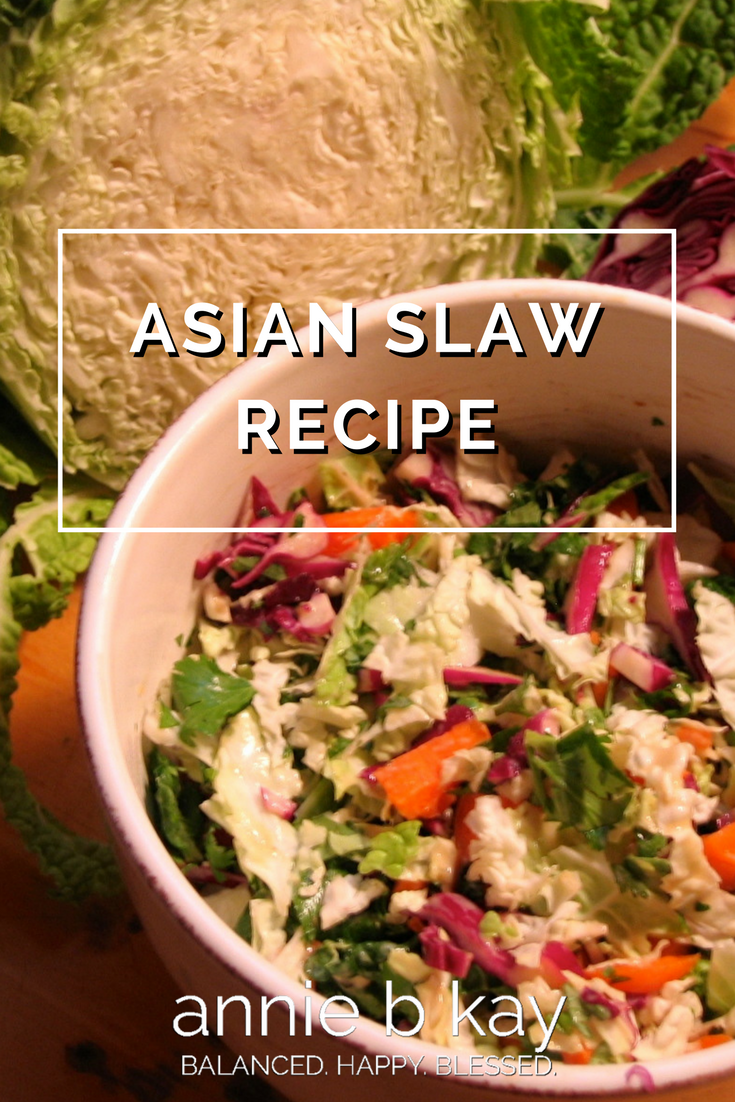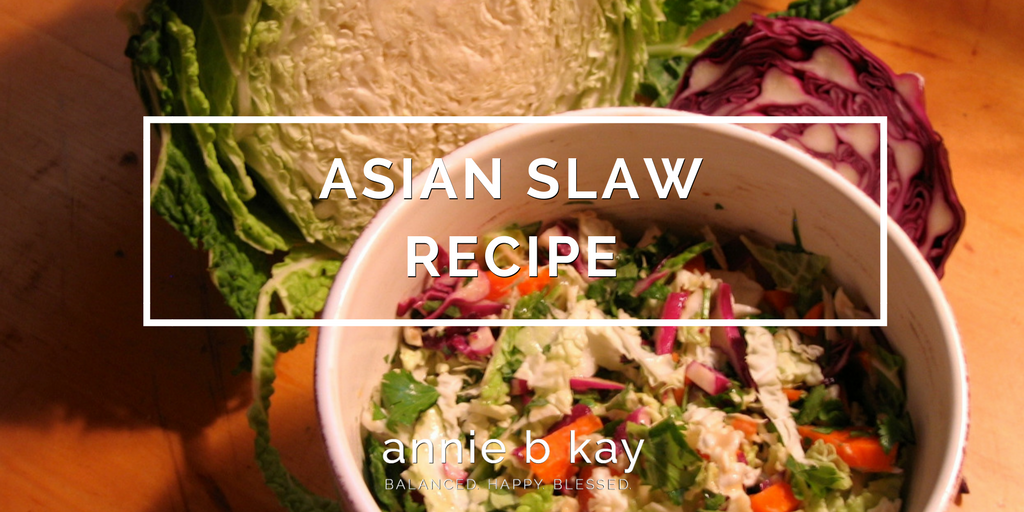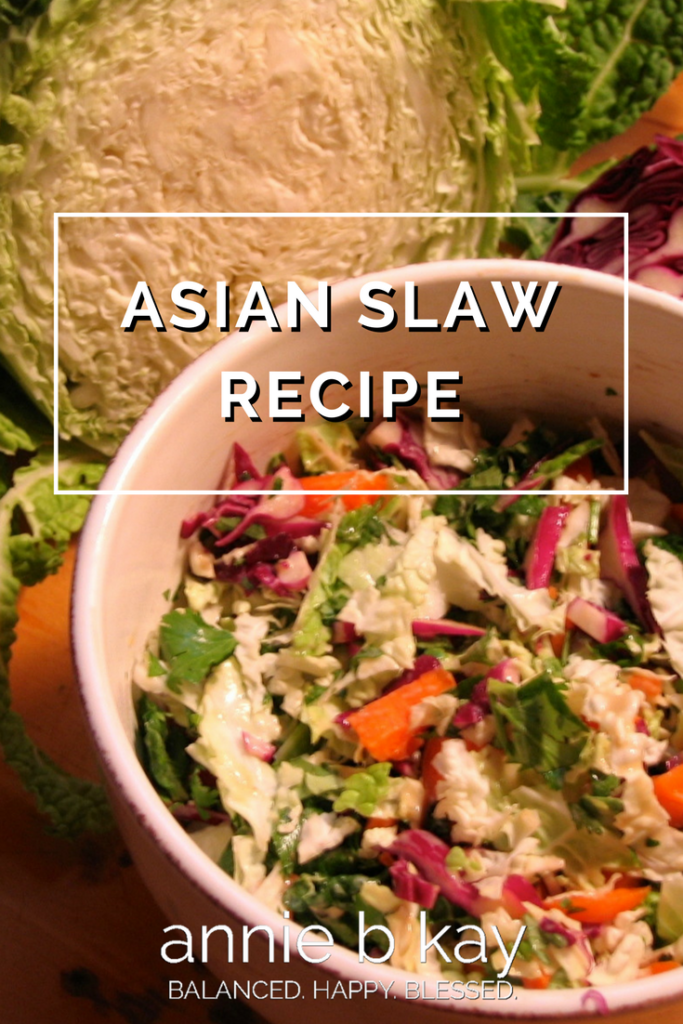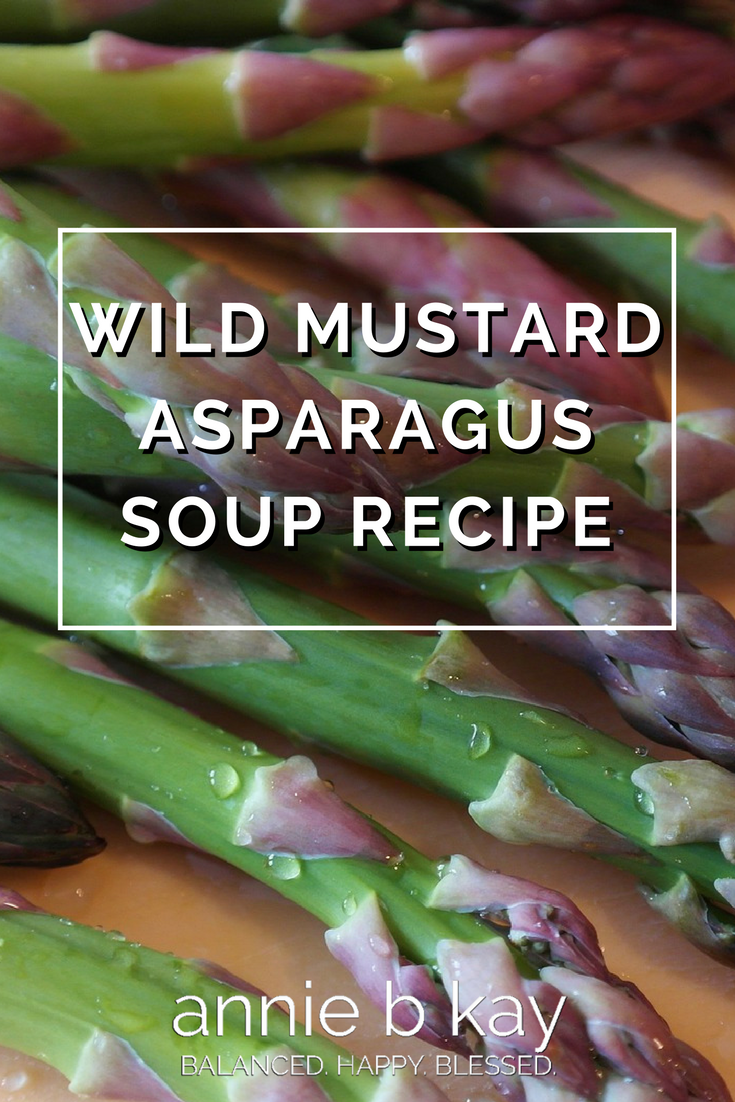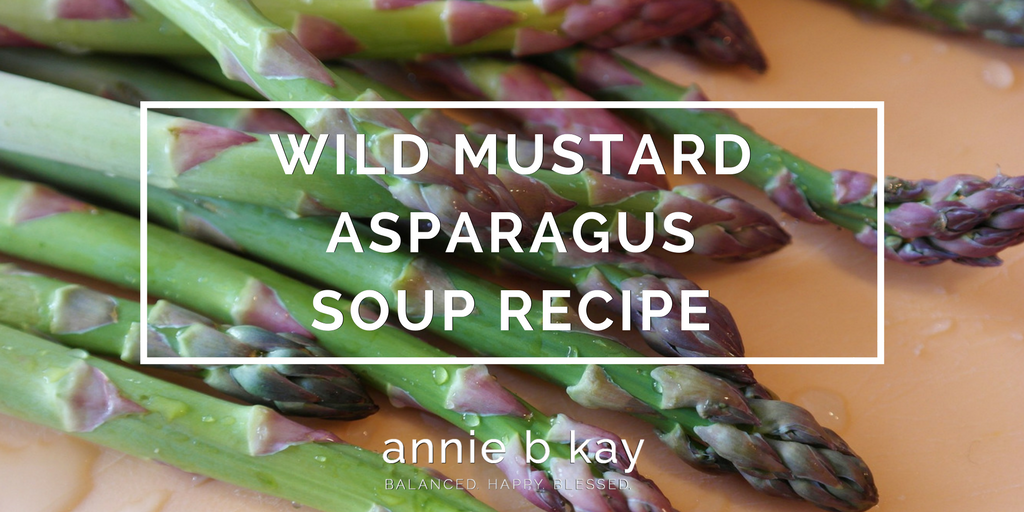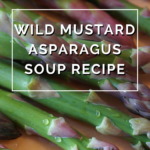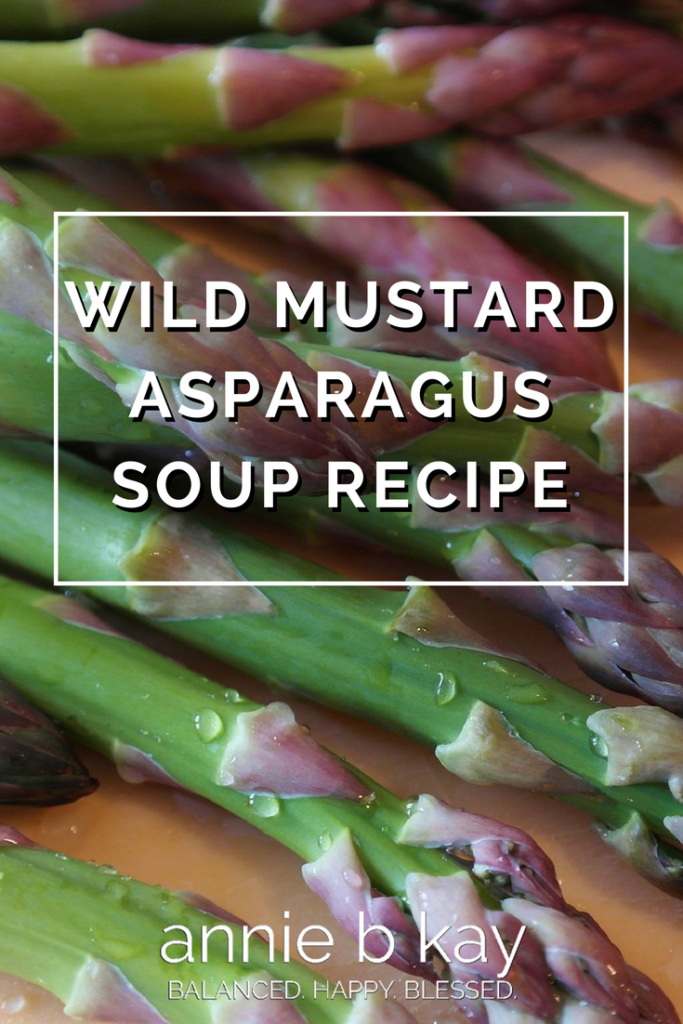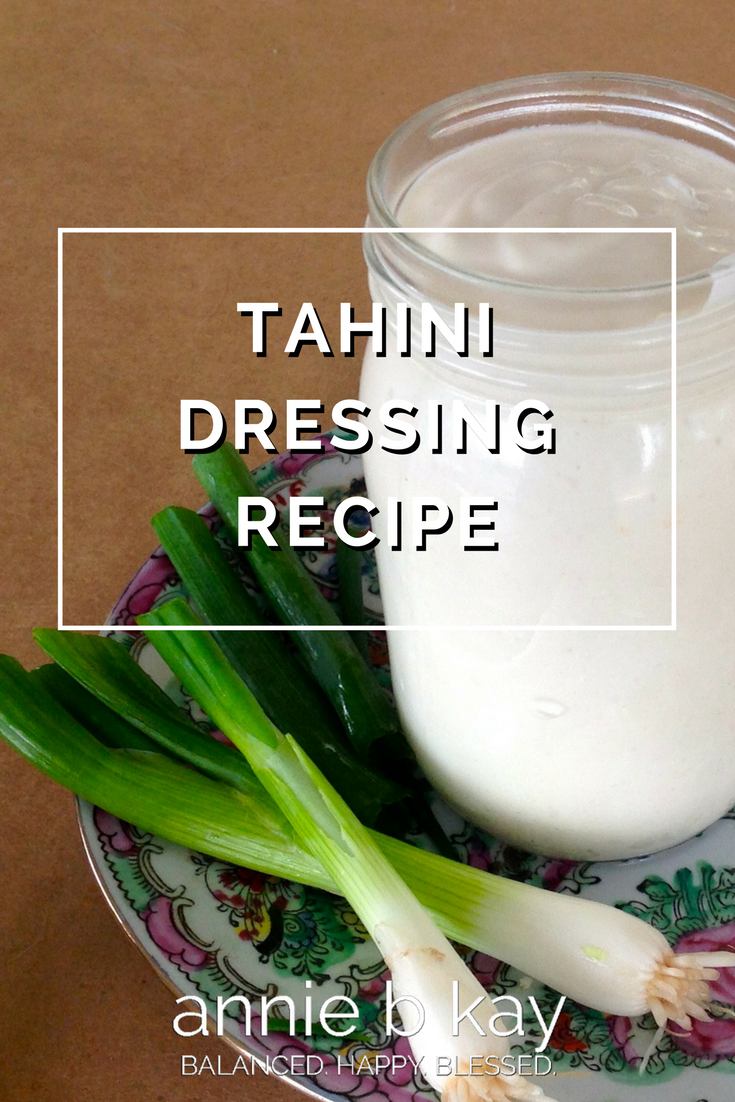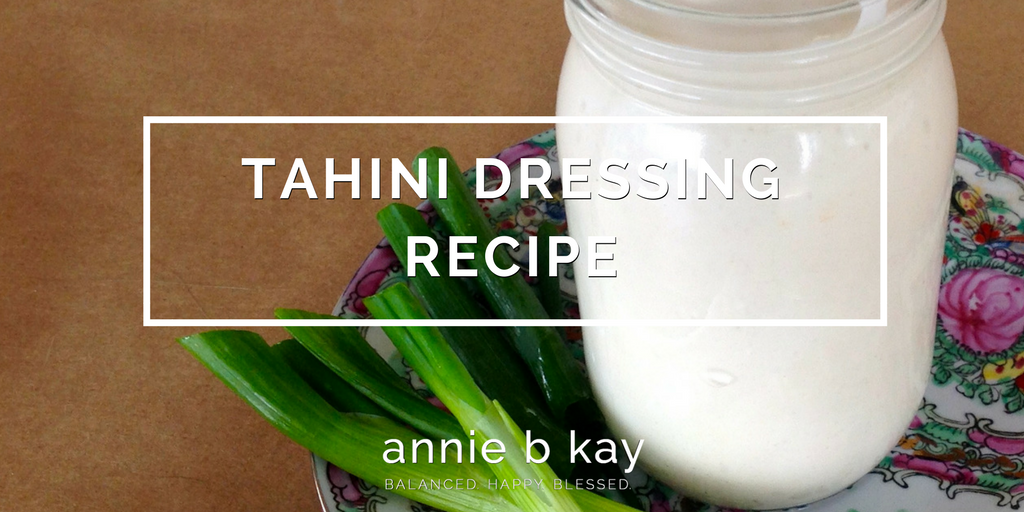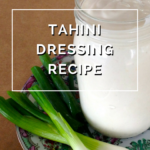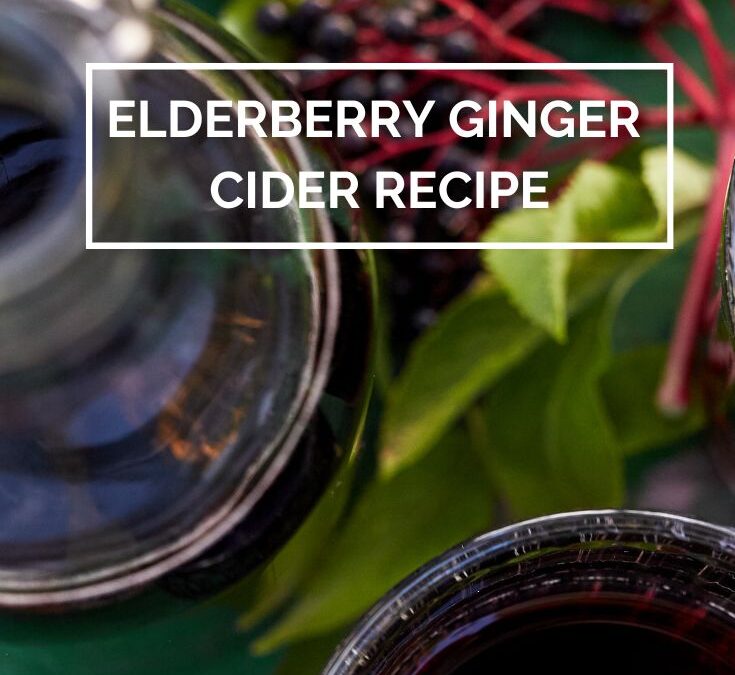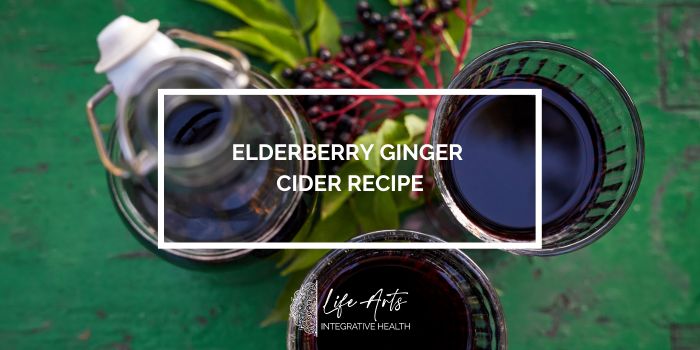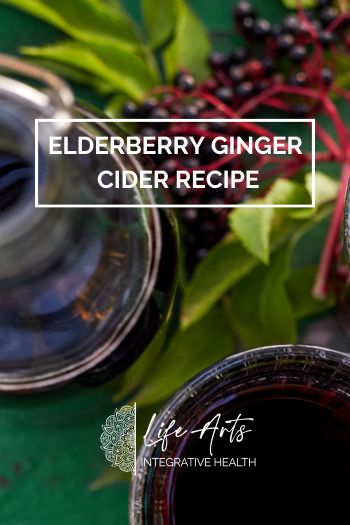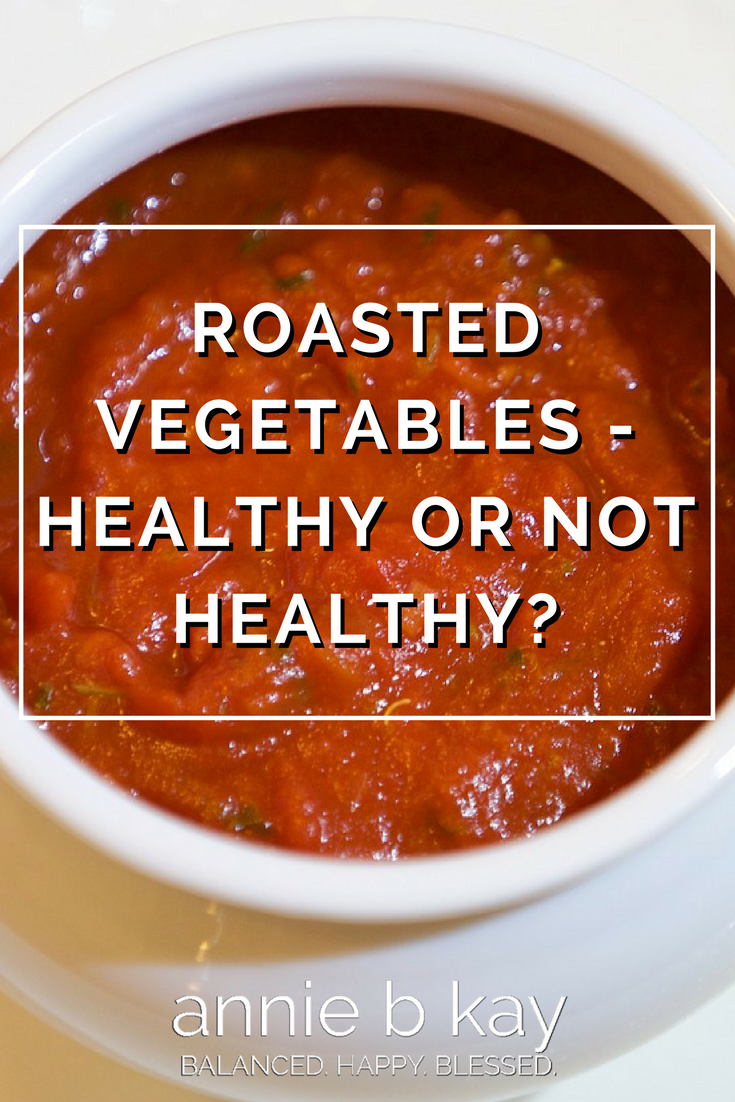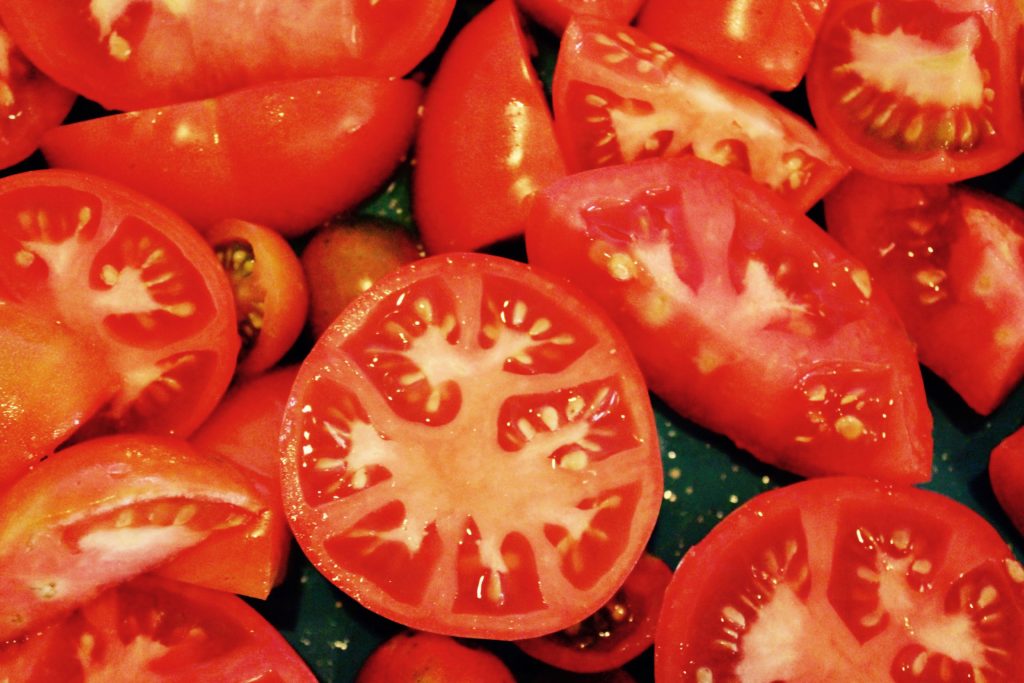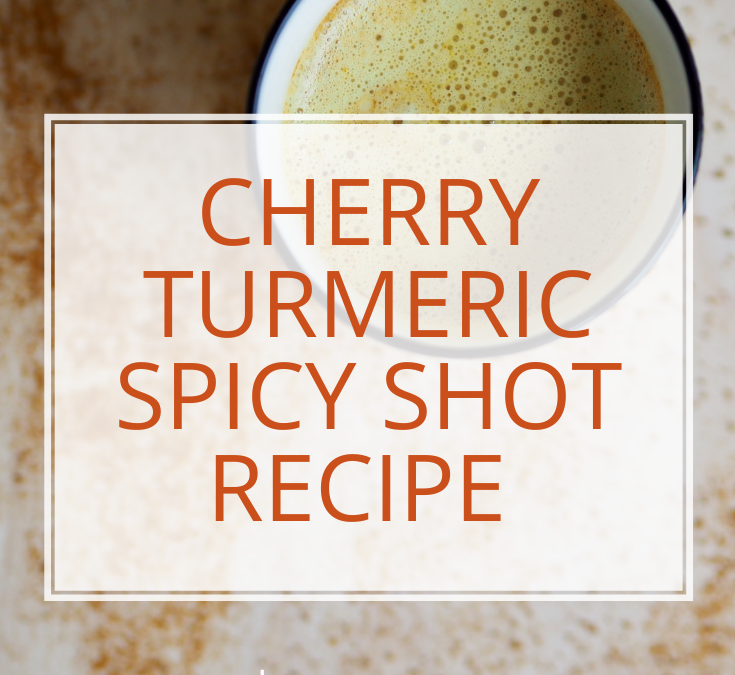
Cherry Turmeric Spicy Shot Recipe
Spicy shots! I love ’em. A couple of years ago Free Fire Cider, based on a folk recipe, popularized by herbalist Rosemary Gladstar, and trademarked, with great controversy in the herbal world, but a group in WMA, had its moment in the sun. Here’s my fire cider recipe.
Since then, I’ve been enamored with making spicy shots – delicious concoctions designed to warm and give a nutritional zing-ha to your morning. It’s a practice I especially get into in these (still!) cooler months.
Here’s one I whipped up this weekend, with tart cherry juice and apple cider vinegar. Cherry, ginger, and turmeric are all anti-inflammatories and packed with antioxidants. Apple cider vinegar is a natural probiotic. If you, like me are in the second half of life, this drink is vata-pacifying – grounding and warming.
Quick, easy, and makes you say “haaaaaa”. I aimed for warmth rather than heat in the spice. Raw garlic makes me burp, though my husband is focused on eating more, so I suggest he use this to wash down a nice raw clove for himself. Pow.
Cherry Turmeric Spicy Shot
Equipment
- Blender
Ingredients
- 1/2 cup unsweetened cherry juice
- 1/2 cup apple cider vinegar
- 1 Thumb-sized piece of ginger sliced
- 3 Tsp turmeric dried spice
- 1/2 tsp cayenne or to tast
Instructions
- Place everything in a blender and blend away. Pour into a small mason jar with a lid. The ginger and spice tend to separate, so give it a shake before your morning shot. I take about an ounce after my morning coffee and morning practices, a few minutes before breakfast.
I have a spicy-shot-for-every-season vision!
Have a favorite spicy shot you make?
Please share in the comments!

